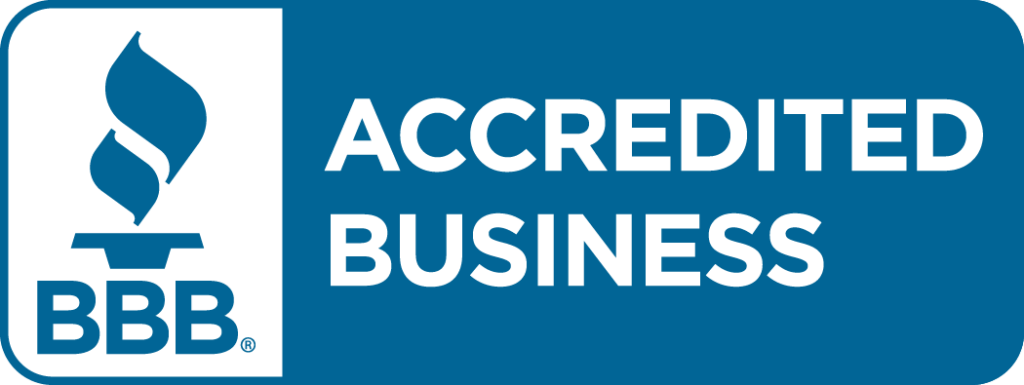In the current world of recruiting, competition is high. You and your competitors are fishing for the same truck drivers in the same shrinking pool of drivers searching for jobs. It takes highly effective recruiting to get ahead of your competition. The issue is that a fundamental step in creating an effective recruiting process is too often overlooked. How often do you examine your recruiting to identify and correct mistakes that, at some point, became a part of your process?
These mistakes can be easy to miss when you’re in the thick of recruiting. That’s why we have laid out 16 mistakes recruiters often make to help you tighten up your recruiting or to show what you need to avoid.
In this article, we’ll take a close look at the first 8 of the 16 common recruiting mistakes.
[hr style=”3″ margin=”40px 0px 40px 0px”]
1. Reaching the Wrong Drivers
No company wants to hear that their recruiting spend is being wasted on bad leads. But this is a common issue that can only be corrected from the very beginning of your recruiting process. Begin your process with clearly defining who you want to reach. This goes beyond a list of requirements. If your advertising is drawing drivers who do not qualify, take a look at the drivers who do, your current drivers. Examining the characteristics of your current drivers (i.e. age, experience, preferred run types, etc.) gives you a clear picture of who your advertising needs to be geared toward.
This may even reveal unexpected potential audiences. Take for instance a hazmat company that finds out most of their current hazmat drivers have prior tanker experience. This reveals the potential to find hiring opportunities among current tanker drivers.
[hr style=”3″ margin=”40px 0px 40px 0px”]
2. Too Much Friction in the Conversion Process
This applies to both a driver’s digital experience with your recruiting and human experience with your recruiter. For the digital experience, it could be that you have too many conversion points, a complicated landing page, or advertising that isn’t mobile-friendly. Friction within a driver’s digital experience with your recruiting can get in the way of that driver becoming a lead. For the human experience, what do your recruiters sound like on the phone? Are they asking the right questions, interrupting drivers, or pressuring them? A driver’s interaction with a recruiter can be the deciding factor.
Seth Becker, the past Director of Recruiting at Knight Transportation, sums it up in this quote:
[testimonial author=”Seth Becker, Randall-Reilly Director of Media Sales (former Director of Recruiting, Knight Transportation”]“Drivers often decide which carrier to work with based on two factors: one, the relationship with the recruiter, and two, the ease of the process. It’s human nature to take the path of least resistance. So, keep the path as clear as possible to make progress a smooth process. Frequent communication accomplishes both of these objectives by strengthening rapport with the driver as well as providing them with timely status updates.”[/testimonial]
[hr style=”3″ margin=”40px 0px 40px 0px”]
3. Not Thinking Mobile First
According to our research, smartphones are drivers’ most used device when it comes to checking the internet:
- 65% of Company Drivers
- 54% of Owner-Operators
This makes making mobile-friendly advertising a necessity. But don’t stop there. What about when a driver is ready to apply? Your long application may not seem that long on a desktop, but how many pages will a driver have to scroll through on their mobile device to complete the application process? The common amount of time to go through a mobile application is 45 minutes. That’s a long time to fill out a form on a mobile device. It leaves too much room for a driver to lose interest.
Going through your own recruiting process from beginning to end on a mobile device allows you see from a driver’s perspective and gives you insight into how best to shorten and improve a driver’s mobile experience.
[hr style=”3″ margin=”40px 0px 40px 0px”]
4. Not Utilizing Your Strengths When it Comes to Response Types
It is important to consider that drivers have different preferences when it comes to how they wish to respond to your recruiting. Some prefer calls. Some prefer forms. Some prefer to have human interaction follow their digital experience. It very much depends on the individual driver. If you have the capability and capacity to provide more than one means for a driver to respond, then by all means, provide it. But if not, use the response type that works best for your fleet or you end up exposing the weaknesses in your recruiting instead of playing to your strengths. Stick to the culture, processes, and systems your company is best at so you can get the best out of your recruiting.
[hr style=”3″ margin=”40px 0px 40px 0px”]
5. Waiting Too Late to Respond to Leads
Your chances of getting through to a lead drop 10 times within the hour after the lead was generated. Research shows that the best time is within 5 minutes of that lead being generated. After 5 minutes, there is a 900% drop in contact rate.

Unfortunately, it isn’t always as easy as simply picking up the phone and calling a lead within 5 minutes. It takes having enough recruiters and a large enough budget. And beyond that, leads are not always generated within work hours. This is where autoresponders like emails, voicemail, and SMS messaging come in handy. You can use these to let a driver know their application was received or that someone will be getting in touch with them soon. You can also outsource to a 3rd party recruiter that manages autoresponders and connects a driver to a live agent e.g. Randall-Reilly’s Smart Rhino Labs.
[hr style=”3″ margin=”40px 0px 40px 0px”]
6. Recruiters Have Too Many Leads
Having too heavy a workload would have a negative effect on anyone’s productivity. It’s no different for a recruiter with too many leads to manage. No matter how hard these recruiters work, there will still be calls from drivers that go unanswered, resulting in lost leads. So how do you avoid this?
[box]
- Determine a reasonable number of leads a recruiter should be responsible for. A good metric to use is total inbound response per month per recruiter. Our research shows that anywhere between 400 – 500 leads per recruiter per month is an optimum number when it comes to recruiter productivity.
- Identify the dip in your recruiter’s productivity by measuring the percentage of voicemails and unanswered phone calls.
- Look for ways to weed out inbound leads that don’t fall into your hiring criteria. You could screen inbound leads to find out what you can do to alter the quality and volume of response coming in before they hit your headcount capacity.
[/box]
[hr style=”3″ margin=”40px 0px 40px 0px”]
7. Having a Bad Reputation
It can be tough to recover once a negative perception of your company has been created due to whatever issue. The first, hopefully, obvious step here is to fix whatever the issue is that caused the negative perception in the first place. Then follow this up with publicizing the new “you” through branding. Your advertising is a powerful tool when it comes to shining a positive light on the identity of your company.
[hr style=”3″ margin=”40px 0px 40px 0px”]
8. Allowing a Good Reputation to Work Against You
Even a positive perception can have a negative effect. If drivers believe your standard for qualification is far too high, this will prevent them from applying. For example, a company with a high retention rate that make drivers believe they need a lot of experience to get hired at the company even if that’s not the case. Focusing on branding in your advertising plays a big part here. You can change wrong perceptions of your company, even if positive, through your ad copy and messaging. Emphasize the truth about the type of drivers you’re looking for and make your expectations clear.
When racing to hire the drivers you need before your competitors, it’s easy to overlook many of the common mistakes made in recruiting. Examining your recruiting process ever so often to find ways to increase efficiency allows you avoid these mistakes.
Join us next time as we cover the last 8 of the 16 common mistakes that stifle your recruiting.




